MR2 or Fiero? Choose your mid-engine ’80s fighter … while it’s cheap
Want a better understanding of what’s driving collector-car values? Sign up for the Hagerty Insider newsletter.
Today, the terms “mid-engine sports car” and “affordable” aren’t terribly compatible. Sure, the Corvette Stingray is a fantastic bargain relative to its peers, and the Porsche Cayman is an absolute delight, but they’re still a big reach for the average enthusiast. However, for a brief time in the 1980s, there were multiple mid-engine cars in the North American market that were legitimately affordable.
The 1970s brought the mid-engine platform from racing to the road, most notably with exotics from Italy, like Lamborghini’s Miura and Countach and Ferrari’s 512 BB. More affordable options came to the masses with the likes of the Fiat X1/9. It wasn’t until the ’80s, though, that major players in the U.S. market got in on the act.
The Pontiac Fiero debuted in 1984 to much acclaim, and the Toyota MR2 joined the U.S. market a year later. These were both mainstream brands that primarily churned out more staid layouts—front-engined, front- and rear-wheel-drive cars aimed toward everyday transportation. Sure, Pontiac and Toyota had their existing sporty models, but the fact that the MR2 and Fiero were so radically different from their respective stablemates is why we’re still talking about them today.
Prices for both models are creeping up, and today, buyers will pay a premium to relive some of that mid-priced, mid-engine magic, especially for the most desirable versions.
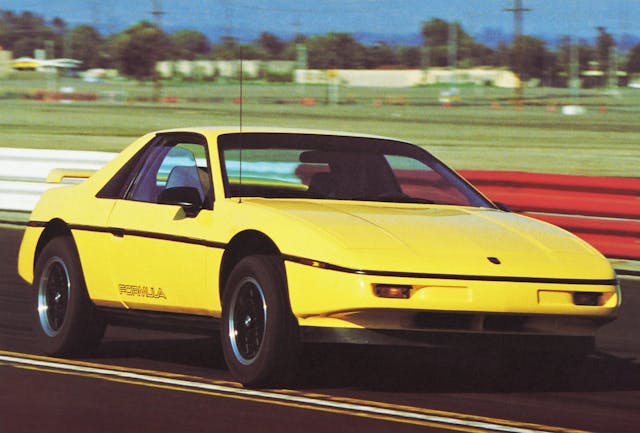
Our own Jason Cammisa’s dive into the Fiero’s origins is definitely worth watching. The basics: GM brass gave Fiero the green light based on the assumption that it would be an economical commuter. As a result, Pontiac borrowed heavily from GM’s parts bin to keep costs low. Cribbing the front suspension from GM’s compact RWD Chevette and repurposing the front suspension of GM’s front-drive Chevy Citation/Pontiac Phoenix for the rear, the Fiero’s underpinnings might have saved money, but the car’s performance didn’t match its eye-catching styling.
Unfortunately, the Fiero never received the powertrain it deserved. The 2.5-liter Iron Duke was the car’s sole powerplant at its launch. Known for dogged reliability and simplicity, it was a 92-hp economy-car engine that fit the Fiero’s stated mission, if not its looks. The 2.8-liter V-6 that became optional with the GT model in 1985 was significantly more powerful, with 140 hp, but still hardly the stuff of sports-car dreams.
Despite its lackluster powerplants, the Fiero managed to be fun. It was compact, rigid, and relatively lightweight (around 2600 pounds), and Pontiac made tweaks every year to incrementally improve it. The GT model, along with its improved power, brought wider tires and, for 1986, a new pseudo-fastback look. A five-speed manual transmission made its debut in June of that year as well.
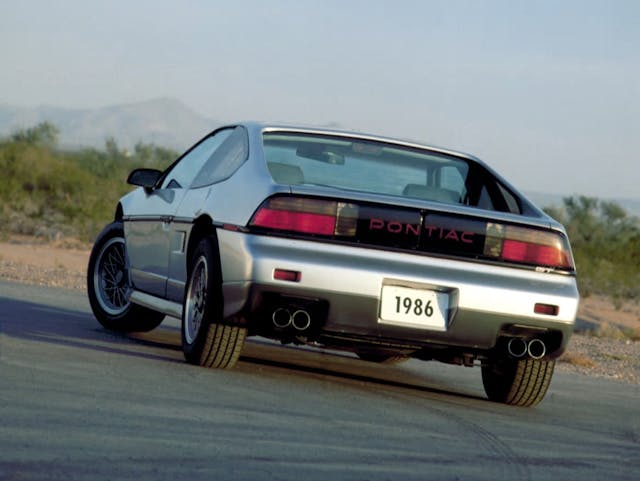
The Fiero’s steel spaceframe construction and fiber-reinforced plastic body panels made styling updates a breeze for Pontiac and also contributed to the Fiero’s popularity as a donor vehicle for faux-exotic kit cars of the era. Pontiac dealers even got in on the action by selling the Mera, a Ferrari 308 clone made using a new Fiero, in 1987 and 1988.
The Fiero sold incredibly well at launch, but sales tapered as the years went on, even as Pontiac added power and introduced the sporty GT fastback. The final year of Fiero production, 1988, saw its lowest sales despite the car finally receiving the improved suspension it needed to live up to its sporty looks. A second-generation Fiero was planned, and a prototype was built, but the sagging sales numbers spelled Fiero’s end.

While the Fiero was an economy car that would look and eventually drive like a sports car, Toyota’s MR2 was a sports car that happened to deliver good fuel economy.
Toyota offered the public a peek at its mid-engine intent when it showed the SW-3 concept in 1983, and it introduced the MR2 in North America in early 1985. The entry price, including destination, was $11,195—about $31,000 in today’s dollars. The MR2 reaped praise for its sharp handling, crisp-shifting five-speed gearbox, and finely constructed, 1.6-liter, 112-hp powerplant.
In other words, the MR2 delivered the driving experience that its looks promised. Several buff books placed the MR2 into their various “best of” lists, including Car and Driver (10Best) and Motor Trend (Import Car of the Year).
The MR2 received an engine upgrade partway through its first generation: the addition of an intercooled supercharger. That boosted the little 1.6-liter to a peppy 145 horses. Though available to Japanese buyers in 1986, Americans had to wait until 1988. Enthusiasts got just one angular body style on the MR2, but Toyota made yearly changes to make aero bits, trim, and mirrors match the body color, bit by bit. Time has been kind to the MR2’s design—it’s basically a rolling representation of how we like to remember the 1980s.
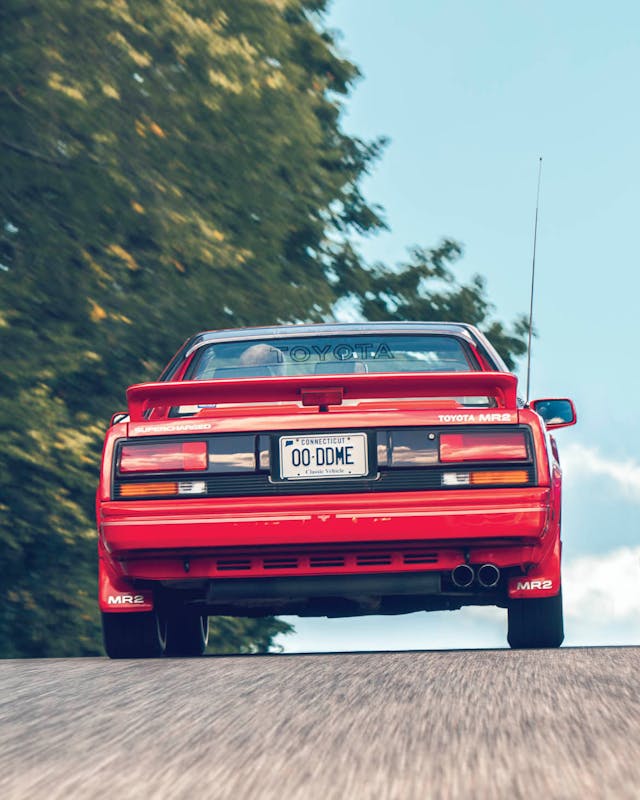
For collectors, the supercharged version of the MR2 is the most desirable, with the average #2 (Excellent) condition value of a boosted model coming in at $31,200. That’s 44 percent higher than their naturally aspirated counterparts in #2 (Excellent) condition at $21,700. Even more impressive, it’s a 161 percent increase compared to its value just five years ago. In addition to rising interest for the MR2 on the model’s own merits, the rise of the Japanese segment as a whole may well be a contributing factor to MR2 values’ steep growth.
Fieros have been on the march too, just not to the same degree. Five years ago, values for 1988 GTs, the most desirable model, were similar to those of its supercharged Toyota counterpart. Today they’re up 50 percent, with #2 (Excellent) models coming in at $19,600.
That’s a 58 percent premium over the mechanically similar 1988 Formula at $12,400 for #2 (Excellent) condition. Other desirable Fiero models include the 1984 Indy Pace Car, the most valuable Fiero powered by the 92-hp Iron Duke.
Our insurance data suggests that these cars have a solid future, as younger buyers are interested in both of them. Sixty-five percent of the people who called us last year for an insurance quote on a Fiero were Gen X or younger (compared to that generation’s 61 percent market share for all enthusiast vehicles). The overall number of insurance quotes for Fieros grew faster than the collector car market as a whole in 2021–2.
The news for the MR2 is similarly optimistic. For the 1984–9 Toyota MR2, the share of quotes from Gen X and younger in 2022 was 82 percent, and interest is also outpacing the growth of the market as a whole. However, based on sheer volume of quotes, the Fiero is nearly three times more popular than the MR2.
That popularity shouldn’t come as a surprise. In the North American market, Pontiac sold 136,840 Fieros in 1984 alone. That’s more than Toyota’s entire run of the first two MR2 generations through 1995. In this foray into affordable, mid-engine runabouts, the Fiero emerged victorious in the battle of ’80s mid-engine coupes by sheer volume.
However, the relatively rarer MR2, the more fully developed sports car from the get-go, brings in higher prices. And since the MR2 survived long enough to fight on in the ’90s, you might also say it won the war.
***
Check out the Hagerty Media homepage so you don’t miss a single story, or better yet, bookmark it. To get our best stories delivered right to your inbox, subscribe to our newsletters.
Via Hagerty Insider
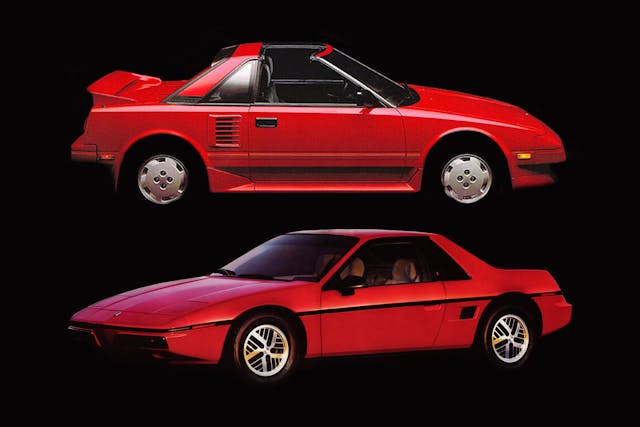
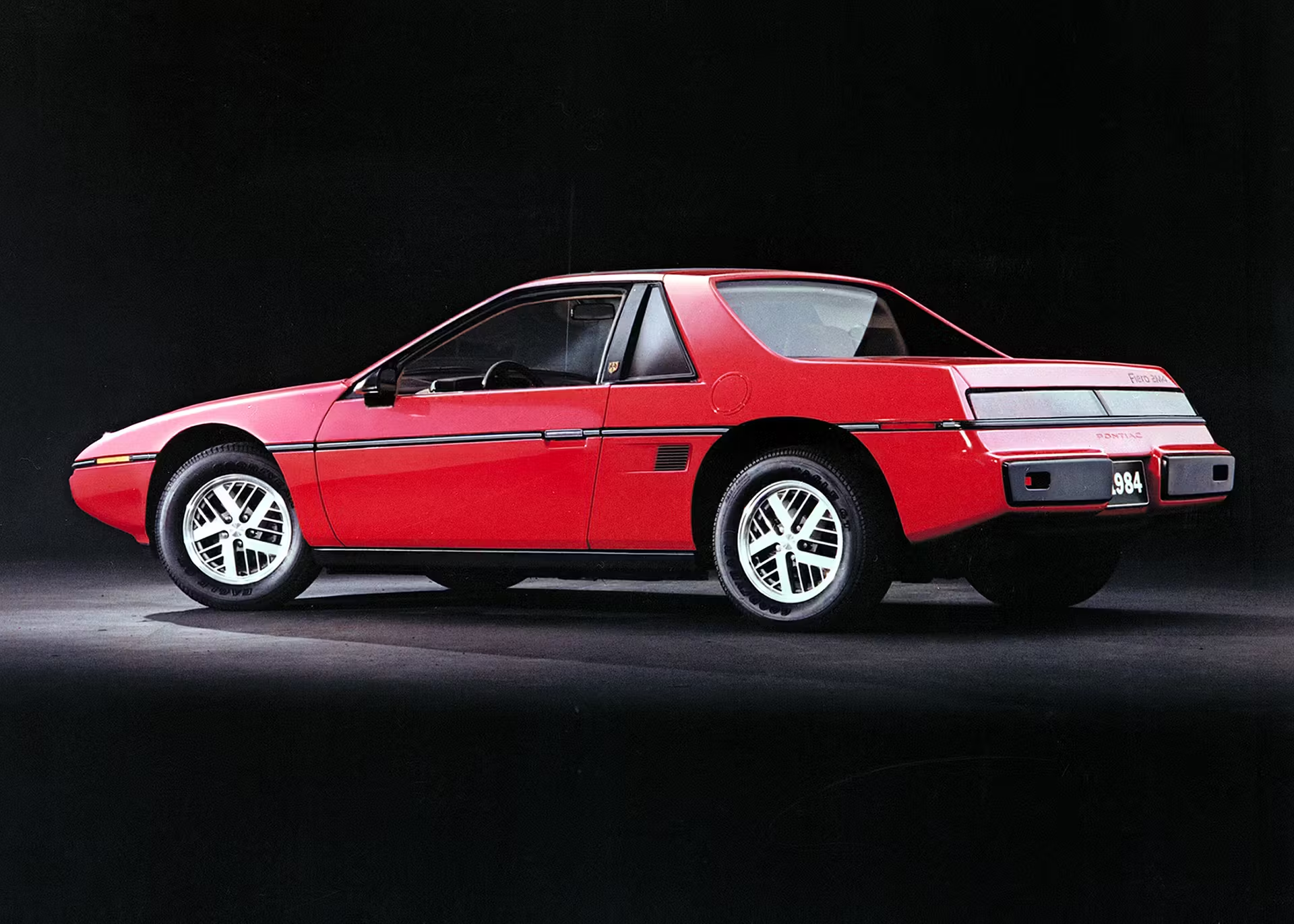






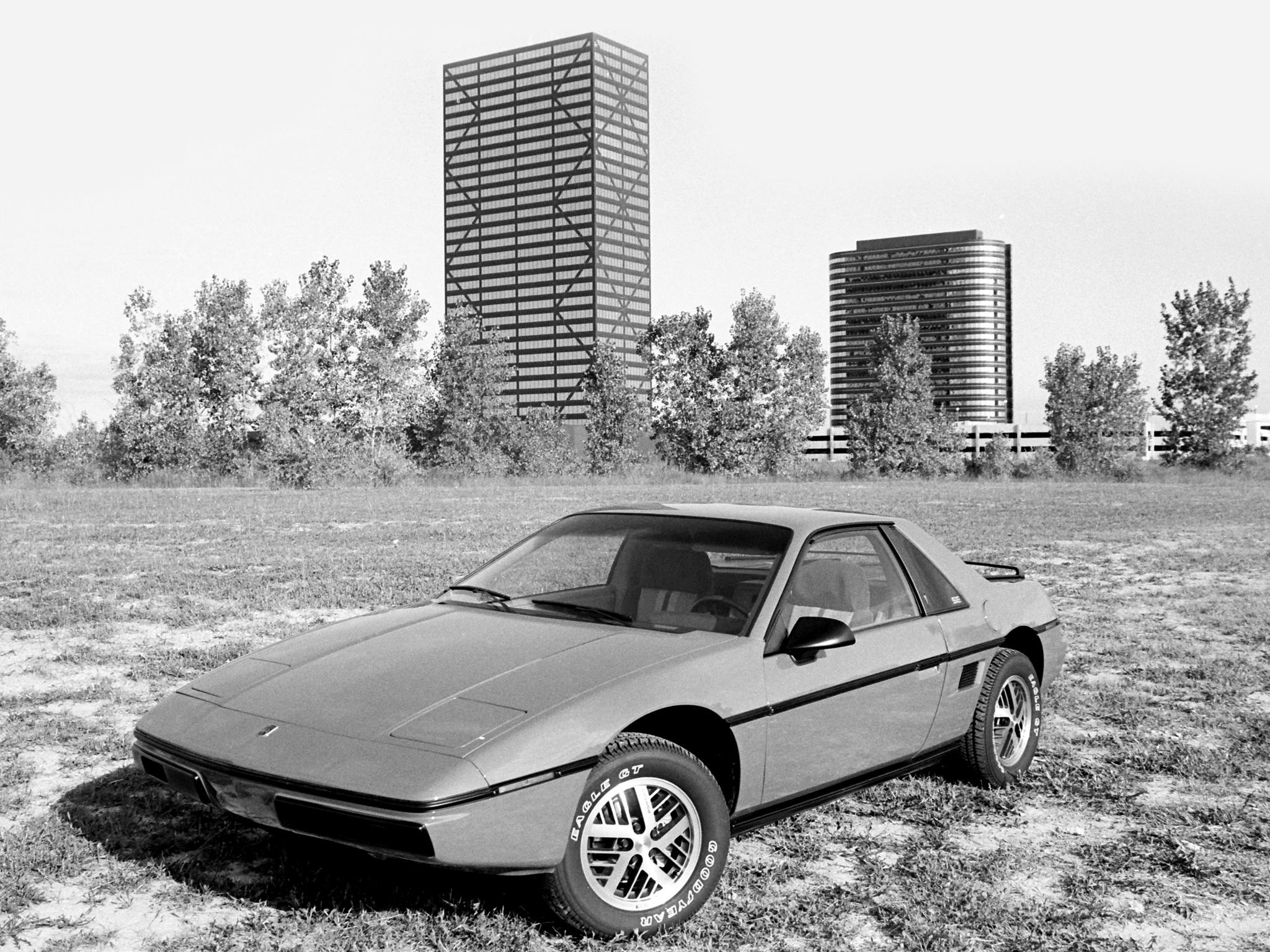

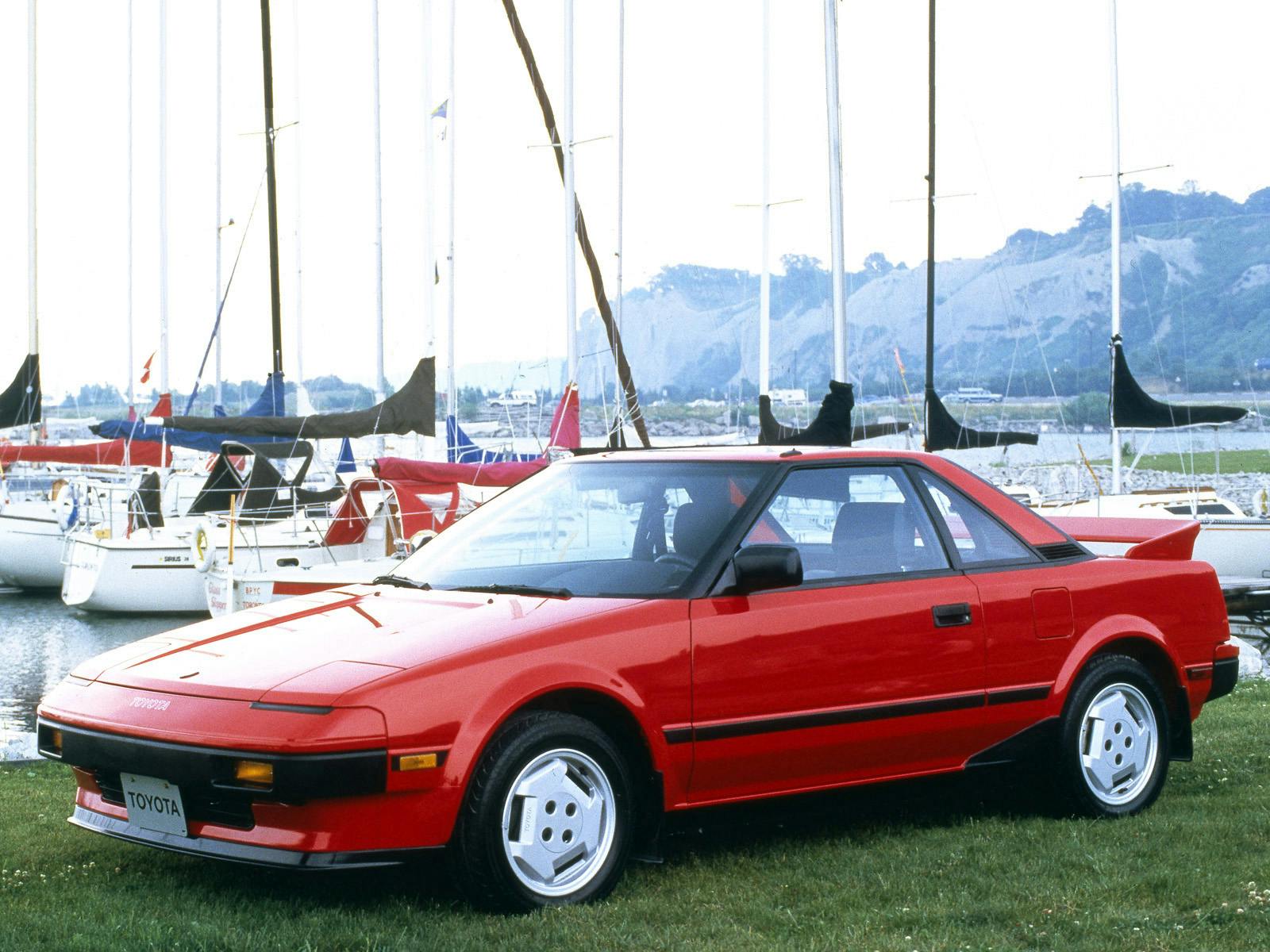

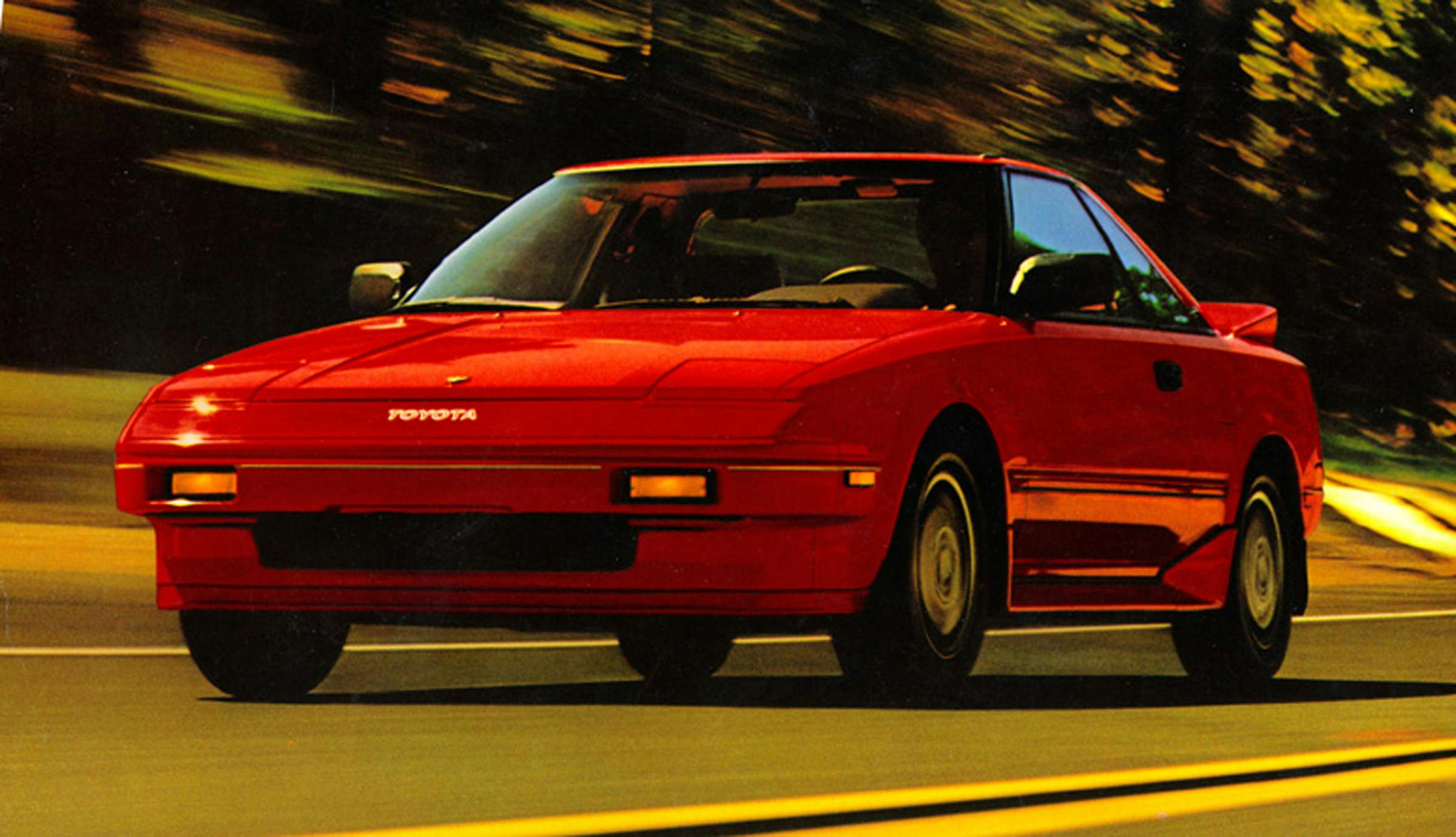
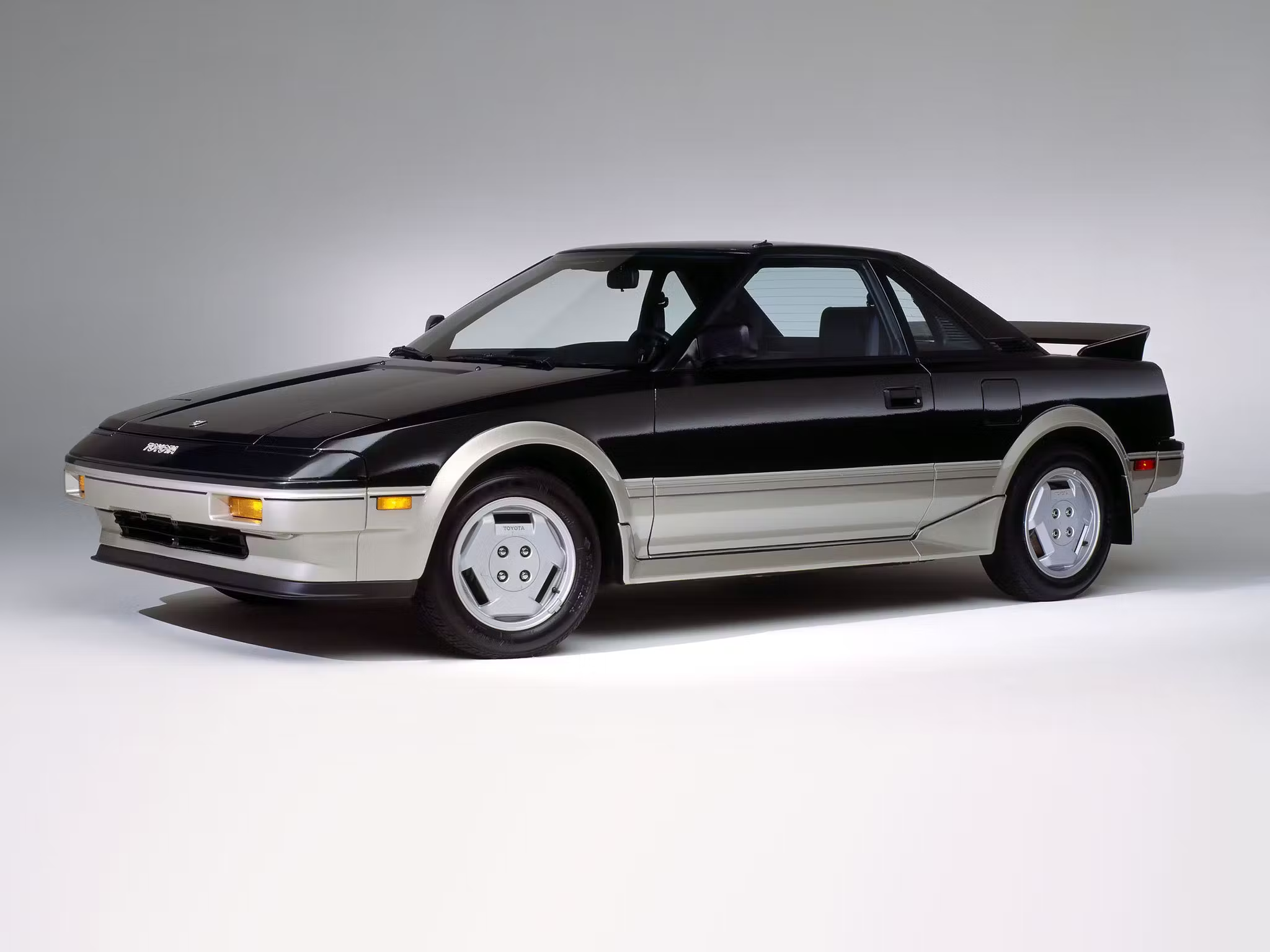


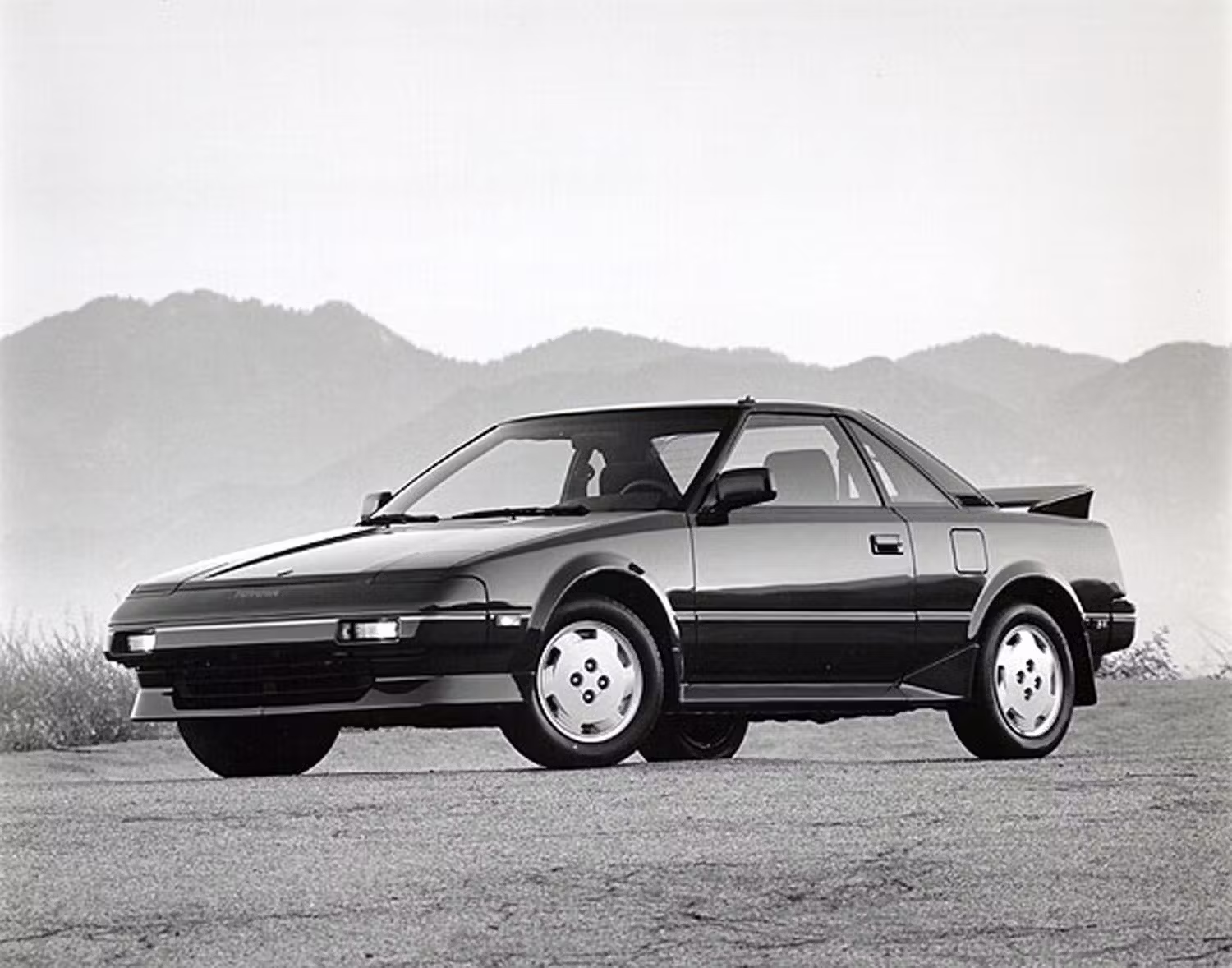


NEITHER! Don’t want either for free! They are not my type of car. But that being said they could suit the needs of somebody on a budget…
My first new car was a 1986.5 Fiero GT, one the first batch of 5-speeds. White, without the rear wing. I really liked the car but eventually started making enough money that I could buy the Lotuses that I really wanted.
I thought that the engine output was sufficient for the street rubber available then. It could be a handful in the wet.
It was pretty reliable. The only odd failure was a weak clutch fork at 90k miles.
Back in the day I drove the first generation Fiero and both generations of the MR2. I had no opportunity to experience the newest Fiero with all of the upgrades. My favorite would be the first gen MR2 with MT. Very balanced handling. Crisp, forgiving ride. Great brakes. Fun motor with a rather high red line. The second gen MR2 with turbo had plenty of power, but just not quite as fun as that first gen, IMHO.
Nice example of one for sale over in NH if anyone interested after reading this story:
https://nh.craigslist.org/ctd/d/merrimack-1986-pontiac-fiero-gt-miles-v6/7595299178.html
MR2 all day, everyday
Just bought an 88GT 5 sp for 1k and after being unable to change out the water pump because all the bolts broke I decided to swap out the motor for a 94 Camaro 3.4 which all the Fiero Parts both onto yeah yeah yeah!
swapping out the interior from gray to tan so I’ll have red and a tan just like Ferrari can’t wait.
Red on Saddle, ugliest Fiero color combo ever.
I had a Fiero years ago, it was a 1985 red on grey 2M4 with a 5 speed and it was plenty fun. That car carried me from Boot Camp to Retirement and all the way to college and to my first house. If you think the 4 cylinder is underpowered your wrong, it won’t win a drag race but there is enough power to get you into a whole lot of trouble on a back road a lot faster than you might be able to react.
That said, if you aren’t comfortable with a wrench in your hand avoid it.
Also, when you make fun of Fiero owners because the car is “weak” they generally think you are compensating for something. just saying.
I am in the process of restoring a ’86 MR2 AW11 that was a one owner car. He garaged it and there was some rust through around the driver rear wheel. No one has replacement panels though a guy in Canada sold me a patch panel that didnt come even close to fitting. I had to fabricate my own. It took weeks to make and then welding it to the existing metal was another exercise in frustration since old Jap metal is poor quality and just burns holes. I dropped the motor, replaced all the rubber parts on it and the full suspension and am still looking for the rear tie rod inner bushing. Its been an experience but I got it for a song and have put a bit into it. It ran when I got it but got hot easy, hear that is common. Hope to get it back on the road this summer.
Kits were available to transform your Fiero into a Ferrari 308 look alike. Sadly for 308 owners I don’t believe that Fiero kits were available for Ferraris.
Spend a little more and get a Consulier GTP, by far a superior car, and most parts are readily available.
I have never been impressed with the design of the first MR2. The second generation, however, was quite nice looking.
I recently decided to add a Fiero to my collection. As an automotive engineer, I tend to look for cars that have good design and/or interesting mechanical features. The Fiero checks both boxes. It’s space frame with the attached panels was unique at the time and the mid-engine configuration was the only GM car built that way until the C8 Corvette.
I found a well optioned 1988 GT in yellow with a 5 speed and sunroof, among other options. It is a California car and is very clean on the underside. It is showing mid 50K on mileage but that is acceptable based on its history, and the seller offered a very favorable price. It has a few issues to be sorted, none of which will prevent driving and enjoying it.
Looking forward to getting it in Mid-July.
Fun little cars I suppose, but hardly pocket rockets….
I bought one of the first black 1984 Fiero’s built, a 2M4 SE, every option except power mirrors. We loved that car but had to sell a couple of years later when our first child was born. Eighteen years later I bought my son his first car, a 1987 V6 Fiero GT, which I got back from him after he bought himself a larger vehicle a couple years later. Loved both those Pontiacs. Never cared for the MR2, which I considered a clone, not just because of the style but they even copied it down to a bird in the hood badge. That was just poor taste.
They say that sales cratered once all the midgets had purchased
I loved the rumble of my 86 Fiero GT and always got compliments everywhere I went.
I had a Fiat X19 which was cool in that the targa top stowed in the frunk. Top off and windows up in cool weather with the heat on was fun. The cool air rippled over your head as the heat got pulled up into the mix.